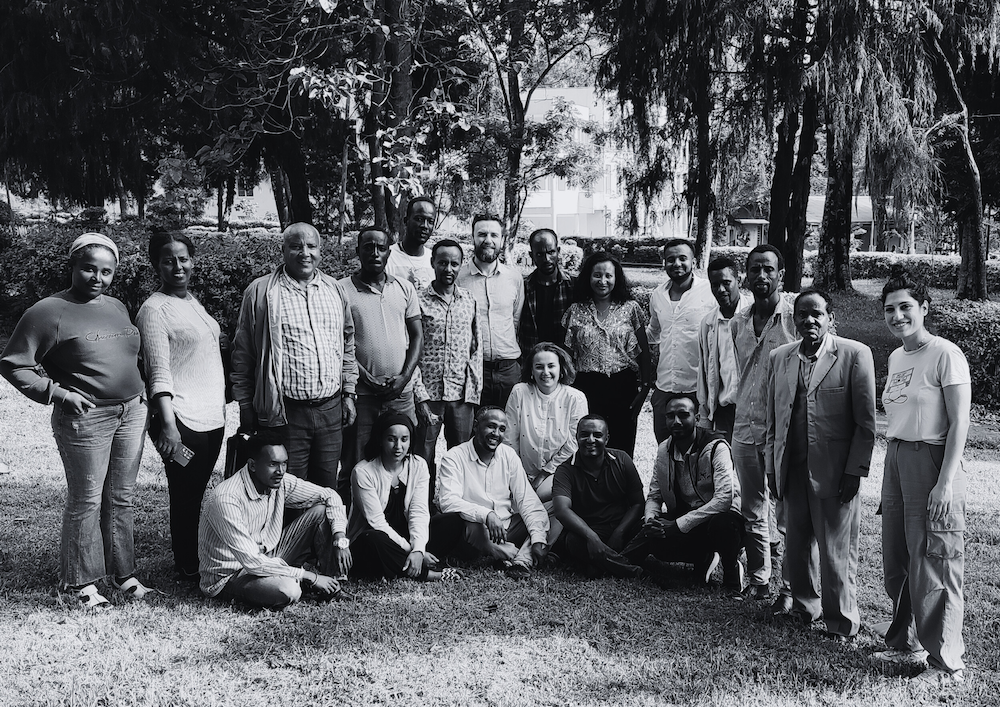Community Engagement: second workshop in Ethiopia
 HERITΛGE traveled to Ethiopia for a series of training activities in April, including a 3-day workshop on Engaging Communities in Cultural Heritage, delivered in person to 22 heritage caretakers in Hawassa, a regional city in the Sidama Region. We held the workshop in Hawassa to improve accessibility and inclusion for people living outside the capital, Addis Ababa. The workshop was delivered in collaboration with Hawassa University which provided the premises of the Wondo Genet campus, 37 km from Hawassa’s town centre.
HERITΛGE traveled to Ethiopia for a series of training activities in April, including a 3-day workshop on Engaging Communities in Cultural Heritage, delivered in person to 22 heritage caretakers in Hawassa, a regional city in the Sidama Region. We held the workshop in Hawassa to improve accessibility and inclusion for people living outside the capital, Addis Ababa. The workshop was delivered in collaboration with Hawassa University which provided the premises of the Wondo Genet campus, 37 km from Hawassa’s town centre.
Led by Drs. Lena Stefanou and Aris Anagnostopoulos, the workshop focused on community engagement as one of the key strategies for preserving Ethiopia’s rich cultural heritage.
Participants included academics from Hawassa, officials from the Sidama and the Central Ethiopia Culture and Tourism Bureaux, and heritage managers from the Wako Gutu Foundation and a local private museum.
During the first day of the workshop, participants were introduced to the rationale for creating a community engagement plan. Participants were divided into working groups where they brought their real-life projects as examples for the exercises and the discussion, through our facilitation and guidance with specific questions and tasks.
On the second day of the workshop, we focused on the topic of audience development and audience segmentation. The last day of the workshop was dedicated to the oral history methods and techniques.
“The workshop provided invaluable insights and practical skills for enhancing my teaching, research, and professional practice,” said Abrham Fentaw Ketema, Head of the Ecotourism and Cultural Heritage Management Department, at Hawassa University. “Moving forward, I am eager to participate in similar training programs and collaborative projects from the HERITAGE organization. I believe that these opportunities not only enrich our skills but also contribute to the collective growth and sustainability of heritage preservation efforts.”
The training is part our HERITΛGE’s HerMaP Africa program that is generously supported by the Mellon Foundation’s Humanities in Place program.
